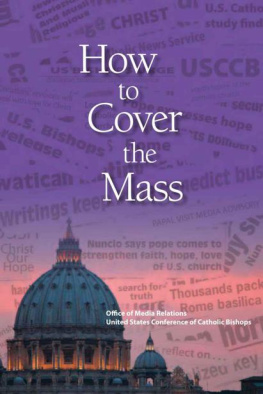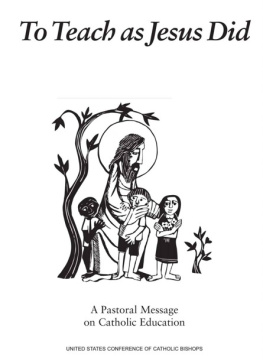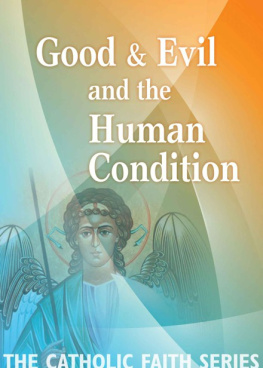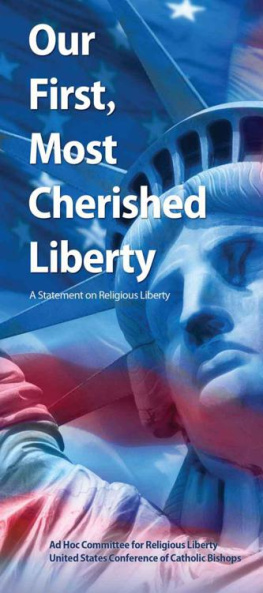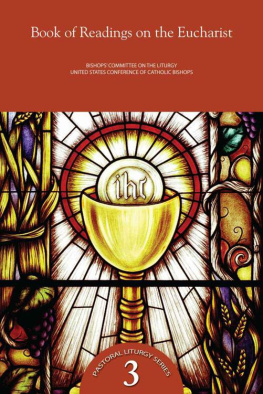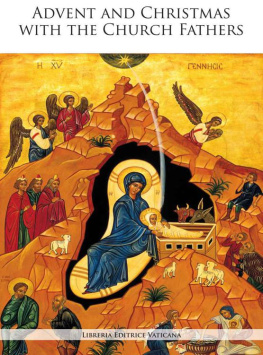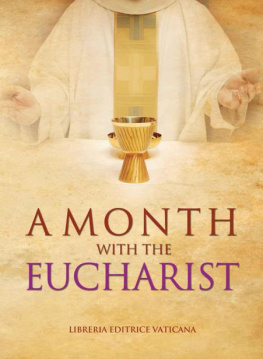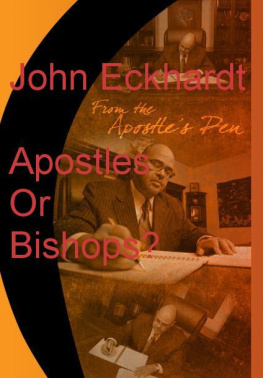Copyright 2021 David W. T. Brattston. All rights reserved. Except for brief quotations in critical publications or reviews, no part of this book may be reproduced in any manner without prior written permission from the publisher. Write: Permissions, Wipf and Stock Publishers, W. th Ave., Suite , Eugene, OR 97401 .
W. th Ave., Suite
Citations of Cyprian in Latin are from Wilhelm August Hartel S. Thasci Caecili Cypriani : Opera omnia / recensvit et commentario critico (Vindobonae : apvd C. Geroldi filivm, 1868 ). Series: Corpus scriptorum ecclesiasticorum Latinorum (abbreviated CSEL), vol..
Dr. Barbara Marie Kohl
The problem of Church Order revolves around the office of the bishop.
W. H. C. Frend, The Early Church
Permissions
Except where otherwise indicated, all Bible quotations are from the Authorized (King James) version.
The authors assert moral rights under the laws of Canada and reciprocating jurisdictions.
Except where otherwise indicated, all patristic quotations are as translated in The Ante-Nicene Fathers: Translations of the Writings of the Fathers Down to A.D. , edited by Alexander Roberts and James Donaldson. American Reprint of the Edinburgh edition by A. Cleveland Coxe (Buffalo, NY: Christian Literature, 1885 ; continuously reprinted with Edinburgh: T. & T. Clark; Grand Rapids: Eerdmans; Peabody, MA: Hendrickson). Herein cited as ANF.
Except where otherwise indicated, references to and quotations from church councils, and from the historians Socrates Scholasticus, Sozomen, and Theodoret, are from Nicene and Post-Nicene Fathers Second Series New York: Christian Literature Co. 1900 ; reprinted Grand Rapids, MI: Eerdmans, 1983 . Herein cited as NPNF d.
References to and quotations from Eusebiuss Ecclesiastical History are from Church History of Eusebius . Translated by Arthur Cushman McGiffert. Nicene and Post-Nicene Fathers Second Series. (New York: Christian Literature; Oxford: Parker, 1890 ; continuously reprinted with Grand Rapids, MI: Eerdmans; Edinburgh: T. & T. Clark; Peabody, MA: Hendrickson).
Some content is reproduced by permission of Resource Publications, an imprint of Wipf and Stock, from the authors Apostolic Succession: An Experiment that Failed ( 2020 ).
Foreword
I grew up in southern Germany during the aftermath of the terrible Second World War. Everybody had to deal with guilt, forgiveness, grace, and hope. On Sundays I attended the local church, the Landeskirche (the United Protestant ChurchLutheran and Reformed). The hieratical structure with bishops and National/State church offices that dealt with all personal issues, finances, church policies, and forms of sacraments and worship was accepted as biblical and ordained by God. Everyone paid a church tax that was collected by the government.
When I began to study church history and biblical theology I came across the Congregational Church Movement (The Pilgrims, the Mayflower, the Puritans, and the Congregationalists). During my theological studies I became fascinated with the simple concept of Congregationalism as they believe to be the same as the early Christians in Jerusalem. After immigrating to America I joined a Congregational Church and later was ordained as Congregational Pastor. I served for years in the First Congregational Church in Middleboro, Massachusetts. This church is only miles away from Plymouth, founded by the second-generation pilgrims that landed in 1620 in America, coming from England via Holland. In the church that I served the basic congregational principal is still practiced: every member in the church has an equal say/vote how the church should function from electing their own pastor to dealing with the form of worship, sacraments, education, property, and finances. In true Congregationalism there is no authority above the local church body.
Dr. David W. T. Brattston, a lawyer, not a theologian, took time to explain in detail how the church structure developed from the first Mother Church in Jerusalem to the hieratical concept with policies, oversight, financial structures, and power. The church activities were slowly centralized but moving towards a clear episcopacy structure which developed into the specific papacy concept of Rome. In his latest book, The Rise of Bishops: From Parish Leaders to Regional Governors , Brattston begins with the era of the original apostles, referring to the reports given to us in Acts and the writings of Paul, Peter, and John. He gives eight examples how the early church dealt with governance issues, always referring to the leadership of the apostles. One example is how the church in Antioch went to the Mother Church in Jerusalem to seek the help from the Apostles Council.
In Brattstons former works: Papal Supremacy ( 2018 ) and Apostolic Succession: An Experiment That Failed ( 2020 ) he specifically focused on the important question, Who replaces the Apostles? Peter, John, and the other disciples and later Paul were appointed directly by God, filled with divine inspiration and authority.
In the four Gospels there are no specific instructions from Jesus how the disciples should be replaced and how a group of believers/followers should be governed. In the epistles we get some insight how leaders should be appointed. Brattston pointing out that apostles appointed the next generation of elders/leaders (Acts :) and that they in turn should appoint elders/leaders (Titus :). However it was always within the local congregation. It was not until the second and third century that a concept of a bishop who was above the elders was introduced and that one bishop could now be responsible for several congregations.
Brattston went carefully through the writings of all early church fathers of the second and third century to point out how the concept and practice of priests, bishops, leading bishops, and the laity were introduced, however, always with the support of the congregation, the local body of believers. Brattston stated that before AD the local congregations appear to have been autonomous, administered by bishops and deacons, and sometimes elders, all as congregational officeholders, with no superstructure above the congregation. Brattston pointed out that from the fourth century on the congregations were governed by a hierarchy, from the top down, including diocesan bishops and metropolitans. His book deals directly and in depth with the transition from bishops being interchangeable with local elders to a single bishop for each congregation, and the later transition to diocesan episcopacy, by examining painstakingly the writing of the authors of that time in which the change took place.
For nearly three hundred years the church not only struggled to survive, it also had to deal with the selection of Holy Script and its interpretation. The fight of how and who should the church be governed became one of the major issues. Different alliances were formed, and power-based groups claimed authority, especially in the newly established Metropolitans. Bishops of bishops were appointed and they developed a mighty force in the quest of who has the final authority. Countless councils and meetings took place to deal with hundreds of issues of church government. Brattston went into every detail to explain the change and its impact from the local church authority to regional church authorities to finally one central authority for the entire church.


